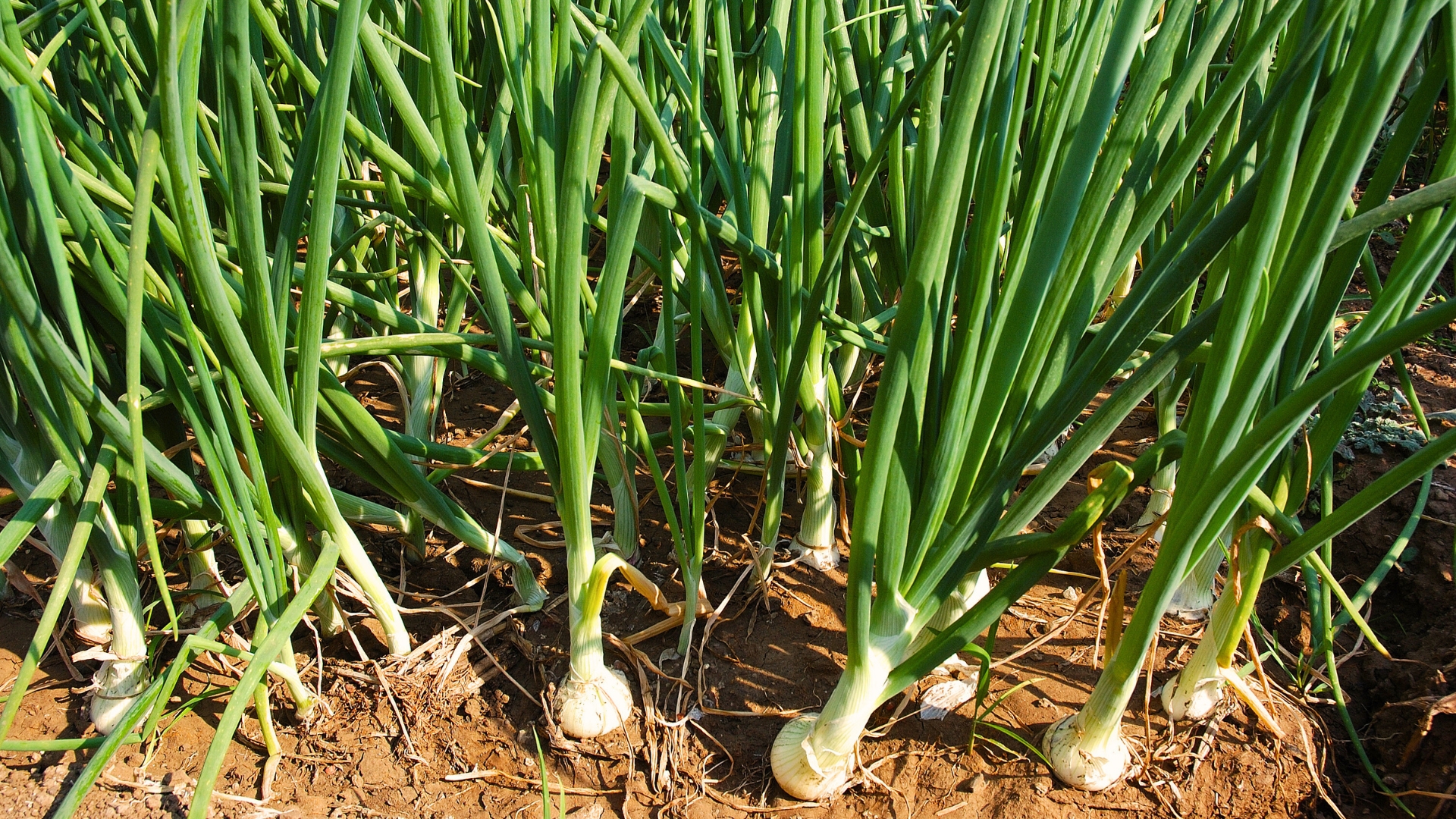If You Want Strong, Healthy Onions Start With These 10 Seed Growing Tips
Growing onions can be tricky, but getting started right makes all the difference. I’ve gathered 10 simple seed-growing tips that help your onions grow strong, healthy, and full of flavor.
From choosing the best seeds to the little things that keep them thriving, these tips make the whole process easier and way more rewarding. If you’re ready to boost your onion game and enjoy a great harvest, this is the place to start.
Let’s get those onions growing like pros!
1. Select the Right Varieties
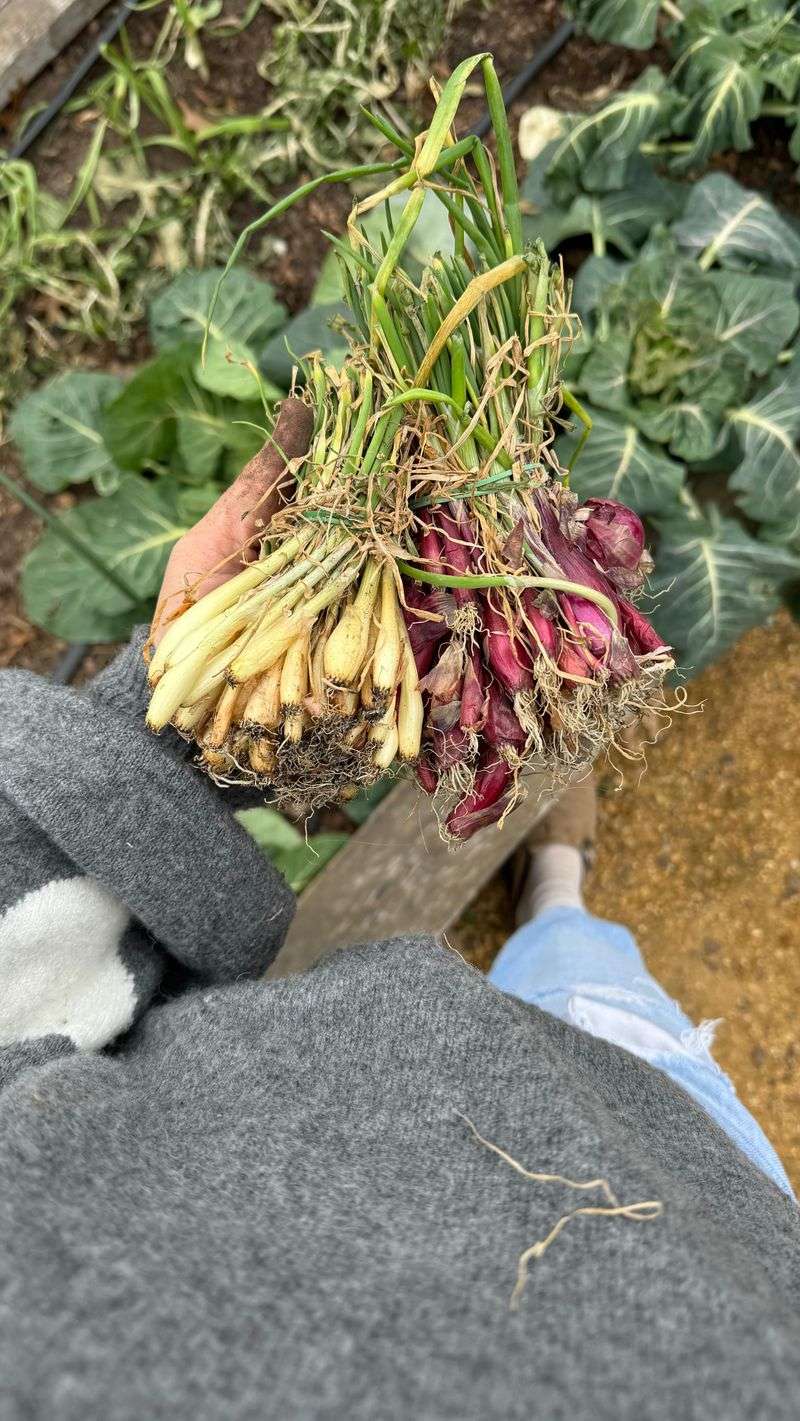
Not all onion varieties will thrive in your specific climate. Day-length sensitivity matters tremendously when choosing onion seeds. Short-day onions work best in southern regions, while long-day varieties excel in northern areas.
Intermediate-day onions offer more flexibility for mid-latitude gardeners. Consider disease resistance and storage quality when selecting seeds. Popular varieties like ‘Yellow Sweet Spanish’ and ‘Red Burgundy’ offer excellent flavor profiles for home gardeners.
2. Start Seeds Early Indoors
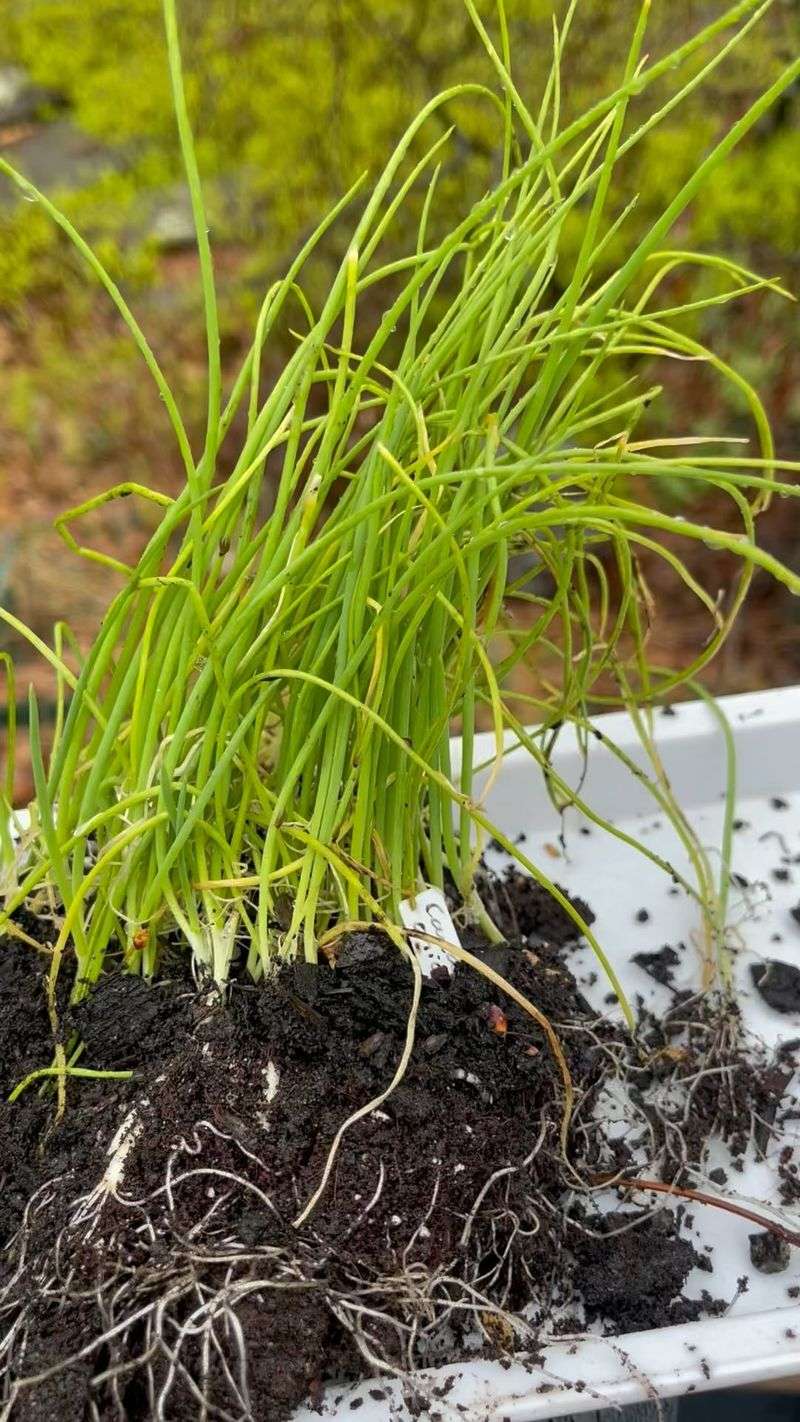
Timing is crucial for successful onion growing. Begin your seeds indoors 10-12 weeks before your last expected frost date. This head start allows seedlings to develop strong root systems before transplanting outdoors.
Use shallow seed trays filled with sterile seed-starting mix for best results. Maintain soil temperature between 70-75°F for optimal germination. Proper early care creates stronger transplants that will outperform direct-sown seeds and store-bought sets.
3. Provide Consistent Light

Young onion seedlings require abundant light to grow strong and prevent leggy, weak stems. Position seed trays under grow lights kept just 2-3 inches above the plants, raising them as seedlings grow taller.
Maintain 14-16 hours of light daily for robust development. Without sufficient light, seedlings stretch toward light sources, becoming thin and vulnerable. Natural window light often proves insufficient during winter months when most indoor seed starting occurs.
4. Practice Proper Watering
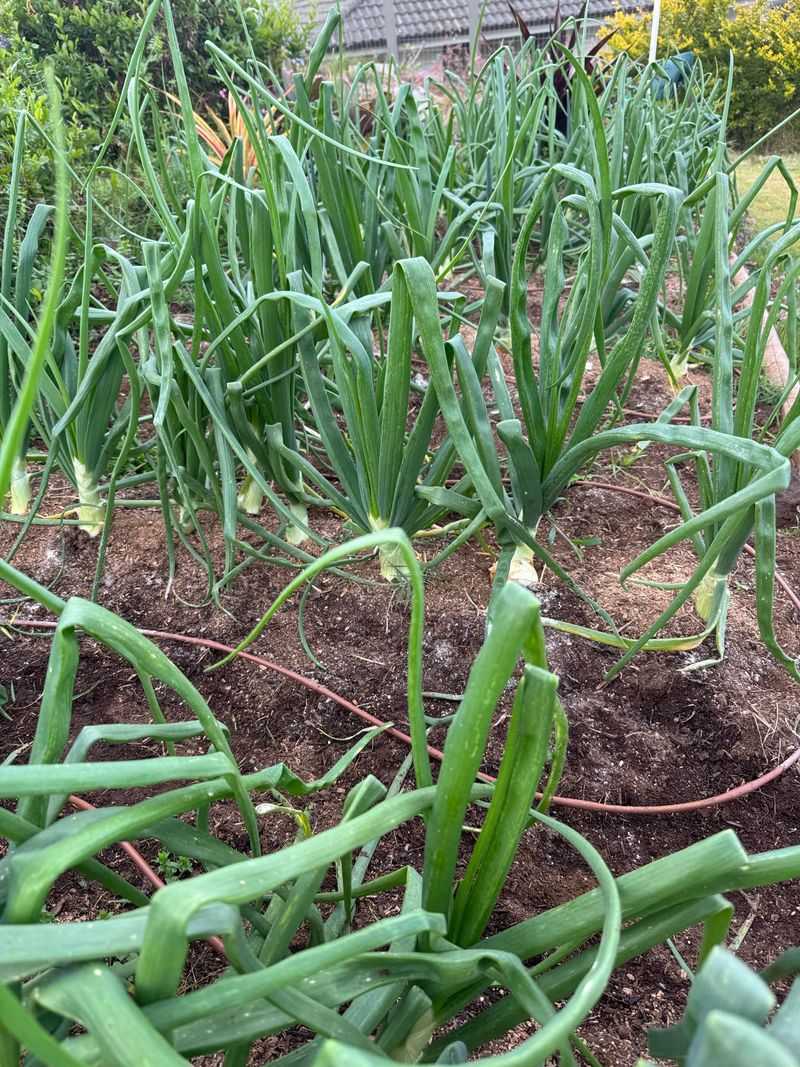
Moisture balance makes all the difference when growing onion seeds. Keep soil consistently damp but never soggy during germination. Once seedlings emerge, allow the soil surface to dry slightly between waterings to prevent damping-off disease.
Bottom-watering works wonderfully for onion seedlings by reducing disease risk. Simply place trays in shallow water until moisture reaches the soil surface. Remember that underwatering causes stress while overwatering leads to root rot and fungal problems.
5. Trim Seedlings Regularly

Haircuts benefit onion seedlings tremendously. When seedlings reach about 5 inches tall, trim them back to 3 inches using clean scissors. This seemingly harsh treatment actually stimulates stronger growth and thicker stems.
Repeat trimming every few weeks as needed. The trimmings aren’t waste – they make delicious microgreens for salads and garnishes. This practice prevents seedlings from becoming top-heavy and encourages energy to focus on developing robust root systems rather than excessive foliage.
6. Harden Off Gradually
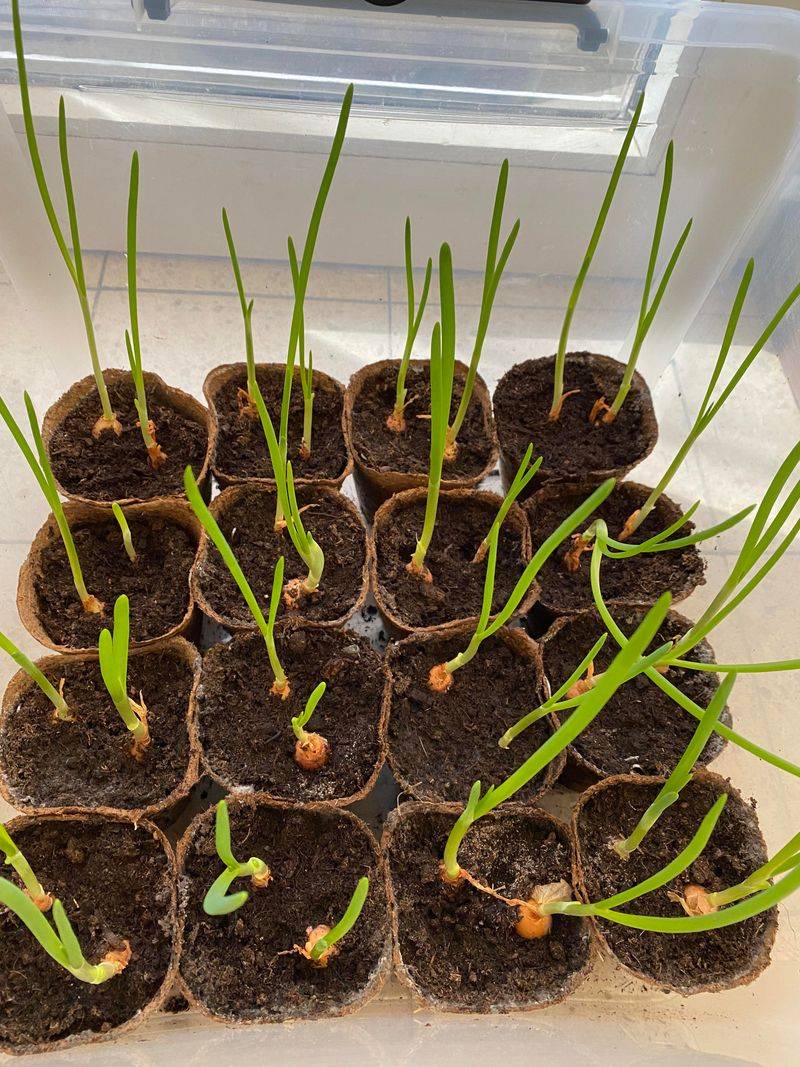
Transitioning indoor-grown seedlings to outdoor conditions requires patience. Begin the hardening-off process about two weeks before transplanting by placing seedlings outdoors in a sheltered location for just an hour the first day.
Gradually increase outdoor exposure time each day. This crucial step acclimates tender seedlings to direct sunlight, temperature fluctuations, and wind. Skipping or rushing this process often results in transplant shock, sunscald, or even seedling death after all your careful indoor work.
7. Transplant at Optimal Timing
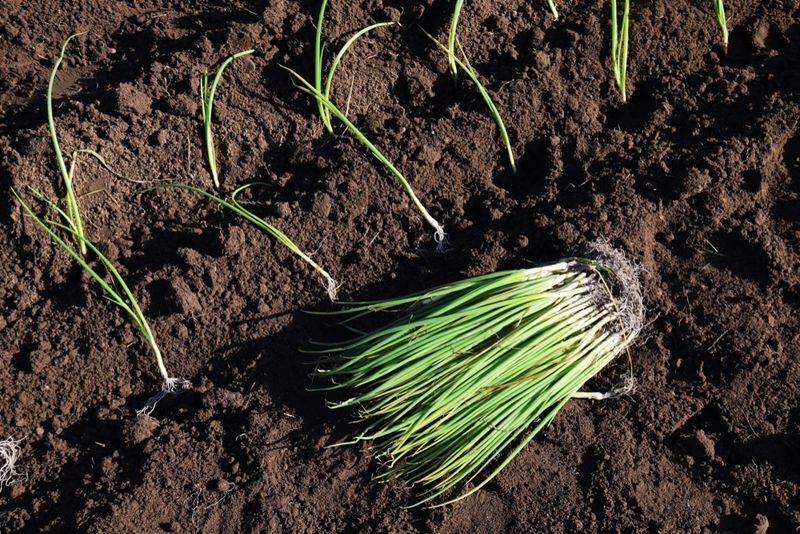
Timing transplanting correctly significantly impacts onion development. Aim to move seedlings outdoors when they’re pencil-thickness and after all danger of hard frost has passed. Early morning or late afternoon transplanting reduces transplant shock.
Space plants 4-6 inches apart in rows 12-18 inches apart for full-sized bulbs. Closer spacing works for green onions but limits bulb development. The soil temperature should reach at least 50°F for best results, as cold soil delays growth and can trigger premature flowering.
8. Feed Appropriately
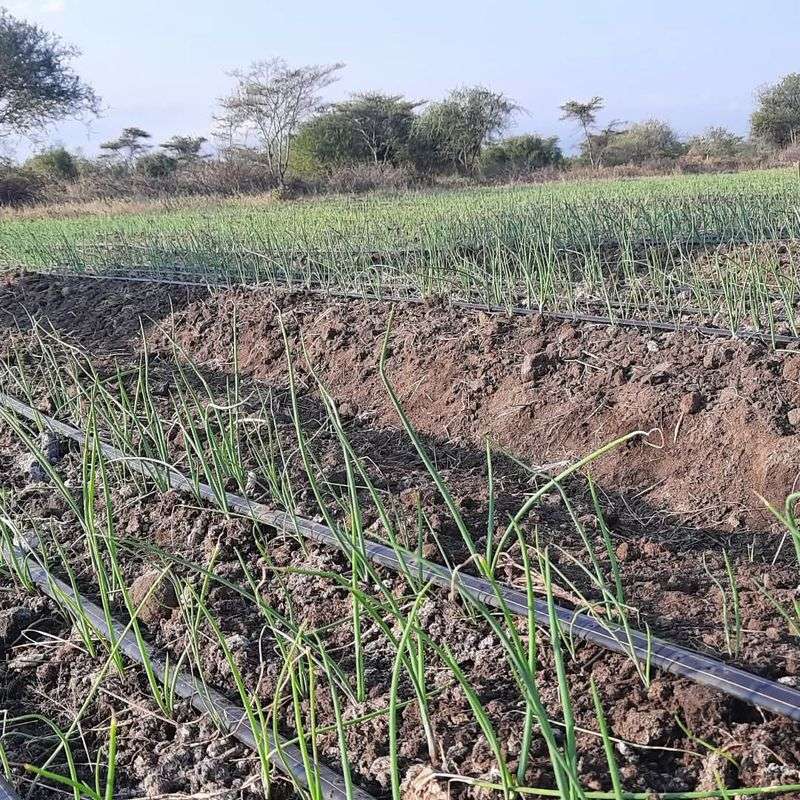
Onions thrive with proper nutrition throughout their growth cycle. Begin with a balanced fertilizer when transplanting, then switch to a phosphorus and potassium-rich formula once bulbs begin forming. Avoid excess nitrogen which promotes leafy growth at the expense of bulb development.
Incorporate compost into planting beds before transplanting for slow-release nutrients. Foliar feeding with seaweed extract every 2-3 weeks provides trace minerals that support robust growth. Remember that hungry onions produce smaller, less flavorful bulbs that don’t store well.
9. Monitor for Pests and Disease
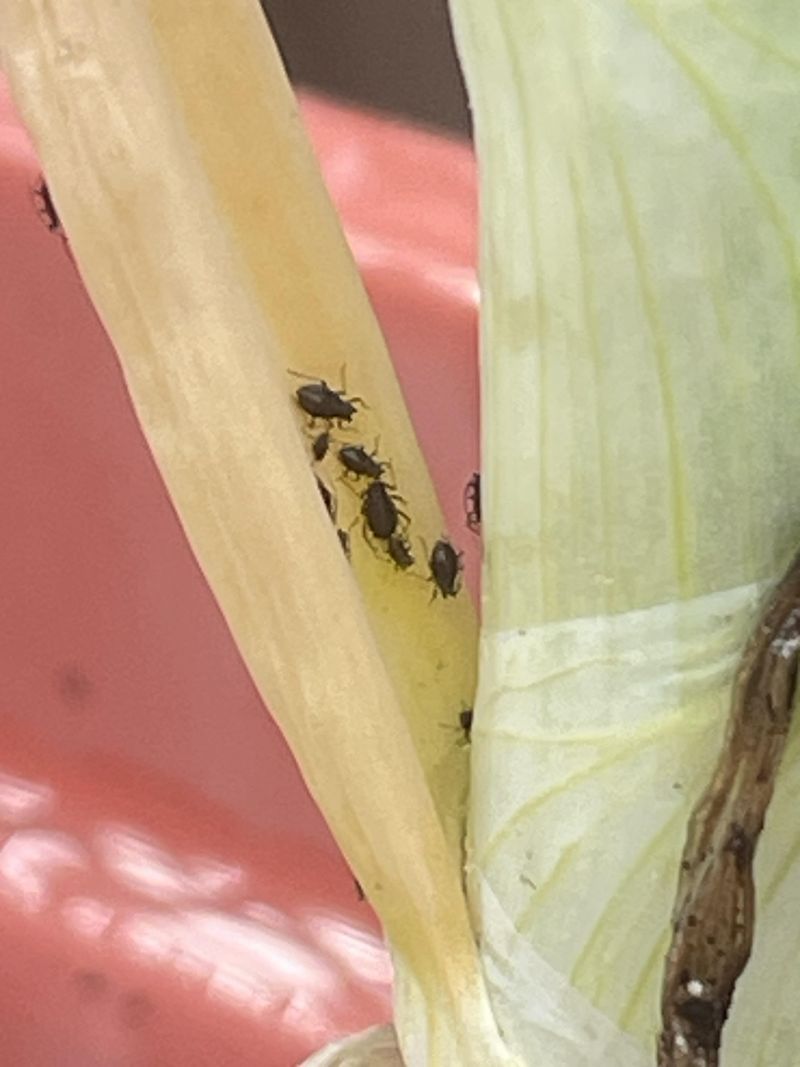
Vigilance protects your onion crop from common threats. Watch for onion thrips, tiny insects that cause silvery streaks on leaves, and onion maggots that attack roots. Rotate planting locations yearly to prevent pest buildup.
Disease prevention starts with good air circulation between plants. Downy mildew and purple blotch appear during humid conditions, so avoid overhead watering. Remove and dispose of any infected plants immediately to prevent spread. Healthy seedlings grown from quality seeds offer the best defense.
10. Harvest at Peak Maturity
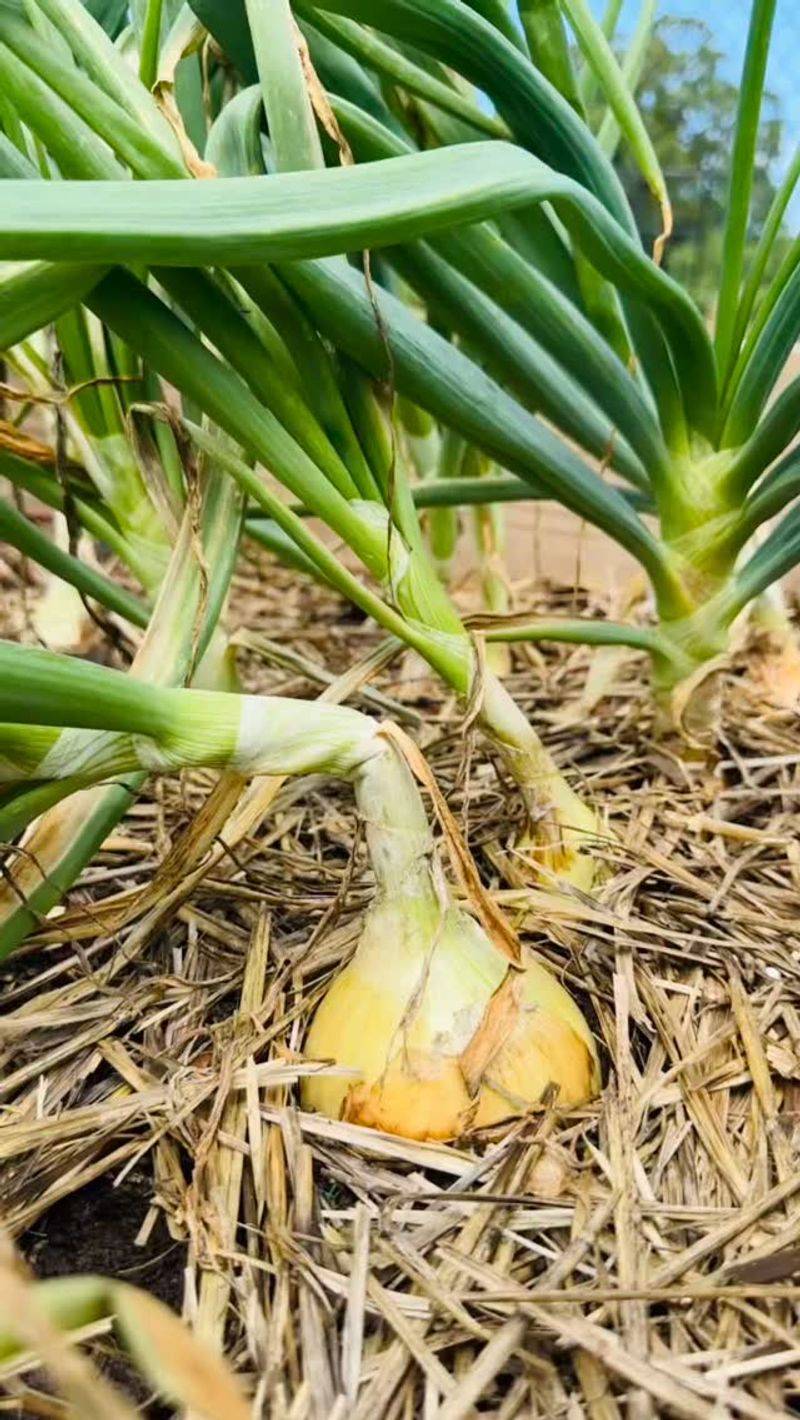
Patience rewards the onion grower with perfectly mature bulbs. Watch for yellowing and flopping over of the top foliage – nature’s signal that bulbs have reached maximum size. Once about half the tops have fallen, bend over any remaining upright ones.
Allow onions to cure in the garden for 7-10 days if weather permits. Then lift carefully, brush off soil, and continue curing in a warm, dry location with good airflow for 2-3 weeks. Properly harvested and cured onions from quality seeds can store for months.

